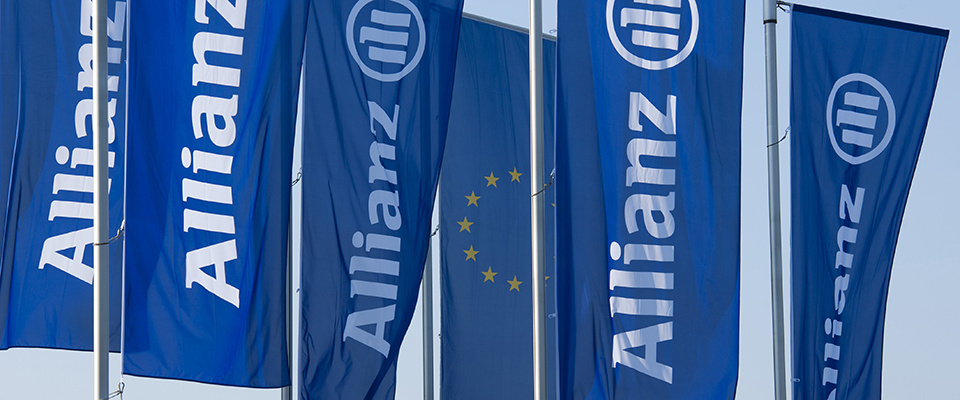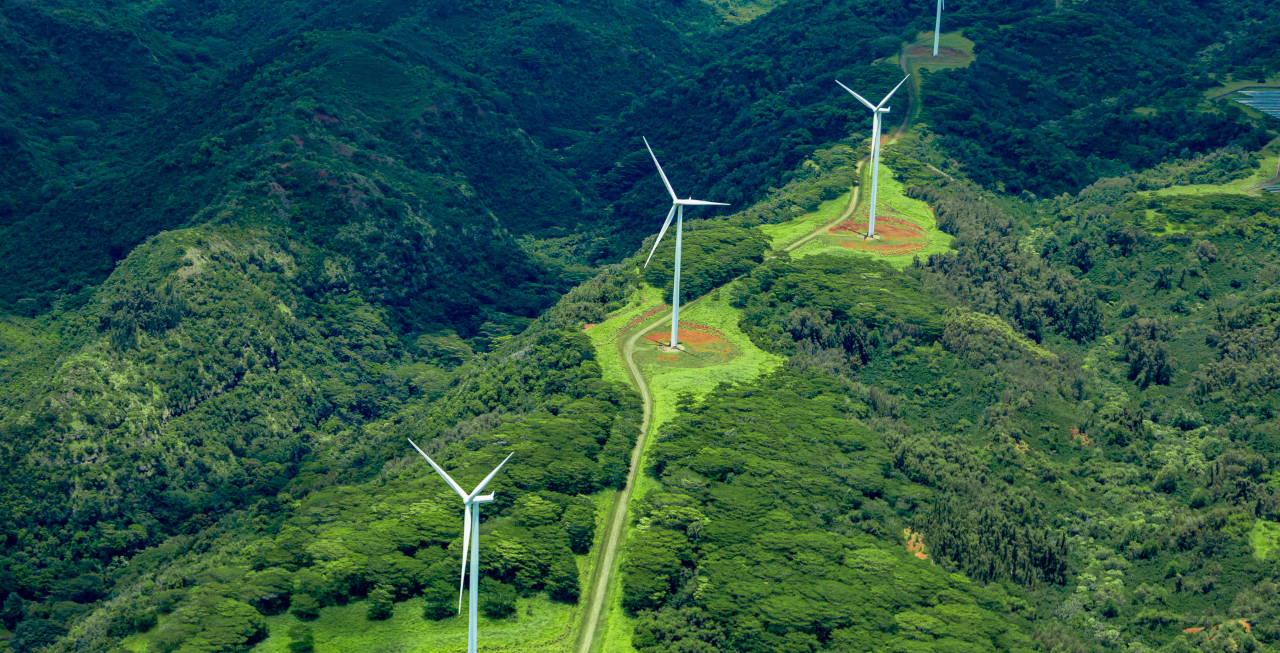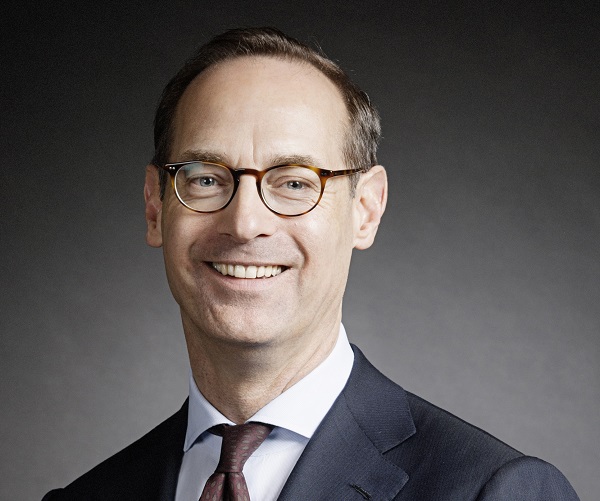Deloitte has the numbers to back that thinking. According to its most recent projection, electric vehicle sales will have reached 11.2 million by 2025 and 31.1 million by 2030.
Tesla, the world’s largest producer of electric vehicles, is already preparing to meet this increased demand. Its ‘gigafactory’ concept is a model for how to increase efficiency, while driving down the price of the technology. Inside a giant facility, Tesla ensures all steps of the process. The gigafactory houses everything from the actual manufacturing equipment to the self-driving algorithms needed to construct the motors and a powerful central control system to run it all. This vertically integrated approach is predicted to not only massively increase battery production but also create thousands of clean energy jobs. And once the price of battery technology production starts falling, adoption increases. “It’s really a self-accelerating process,” says Markus. “Once you have invested enough in the market, it keeps growing by itself.”
Even as Tesla works hard to increase production, innovation continues in the area of electric car battery.
China has maintained its dominance on the battery market. Its ability to produce at scale will continue to play a big part in accelerating the process and bringing down costs for consumers. However, the EU is projected to gain some ground over the next decade as it builds capacity. The U.S. hopes to trigger a surge in global battery demand with a $2-trillion Green Plan.
So what does this competition among countries mean for you?



